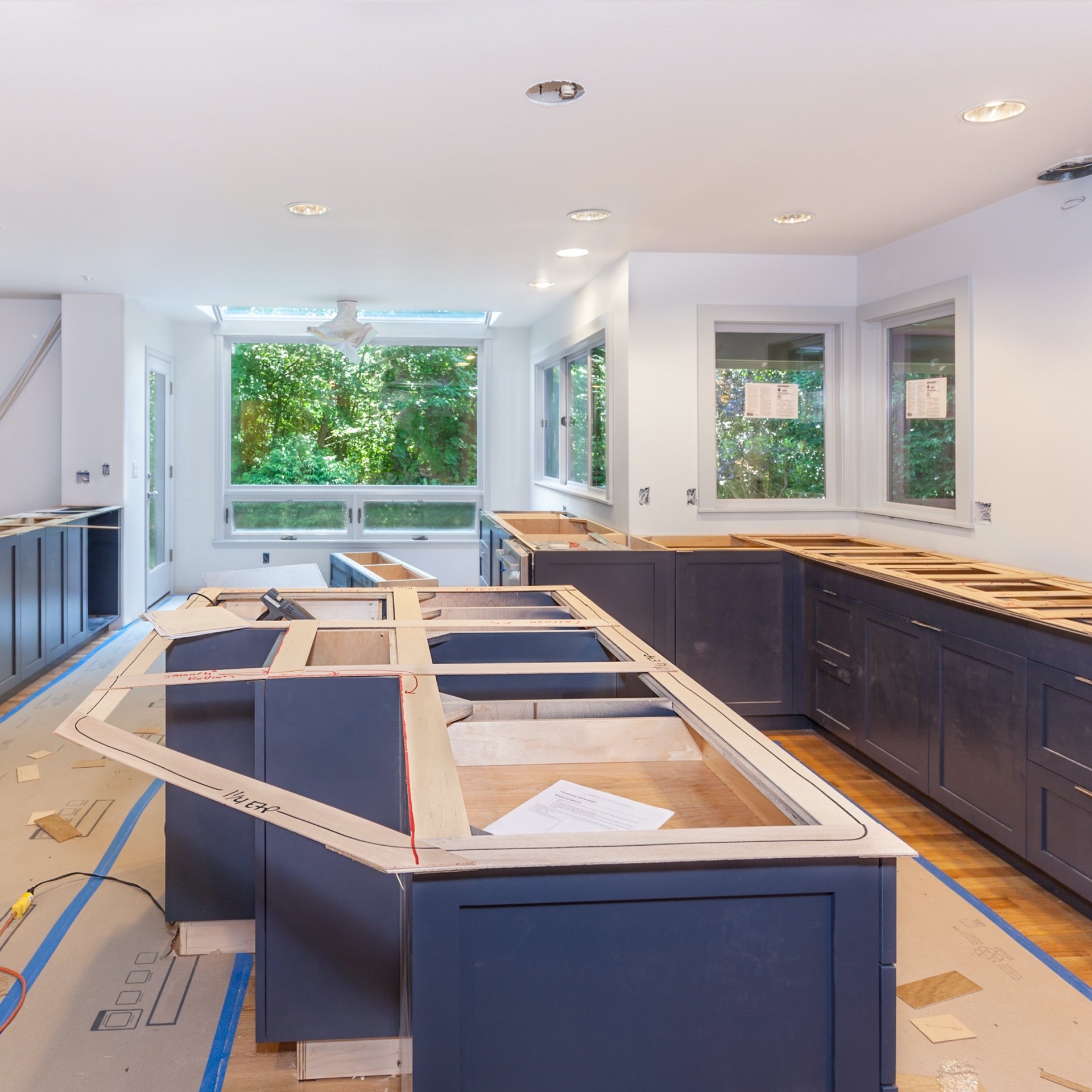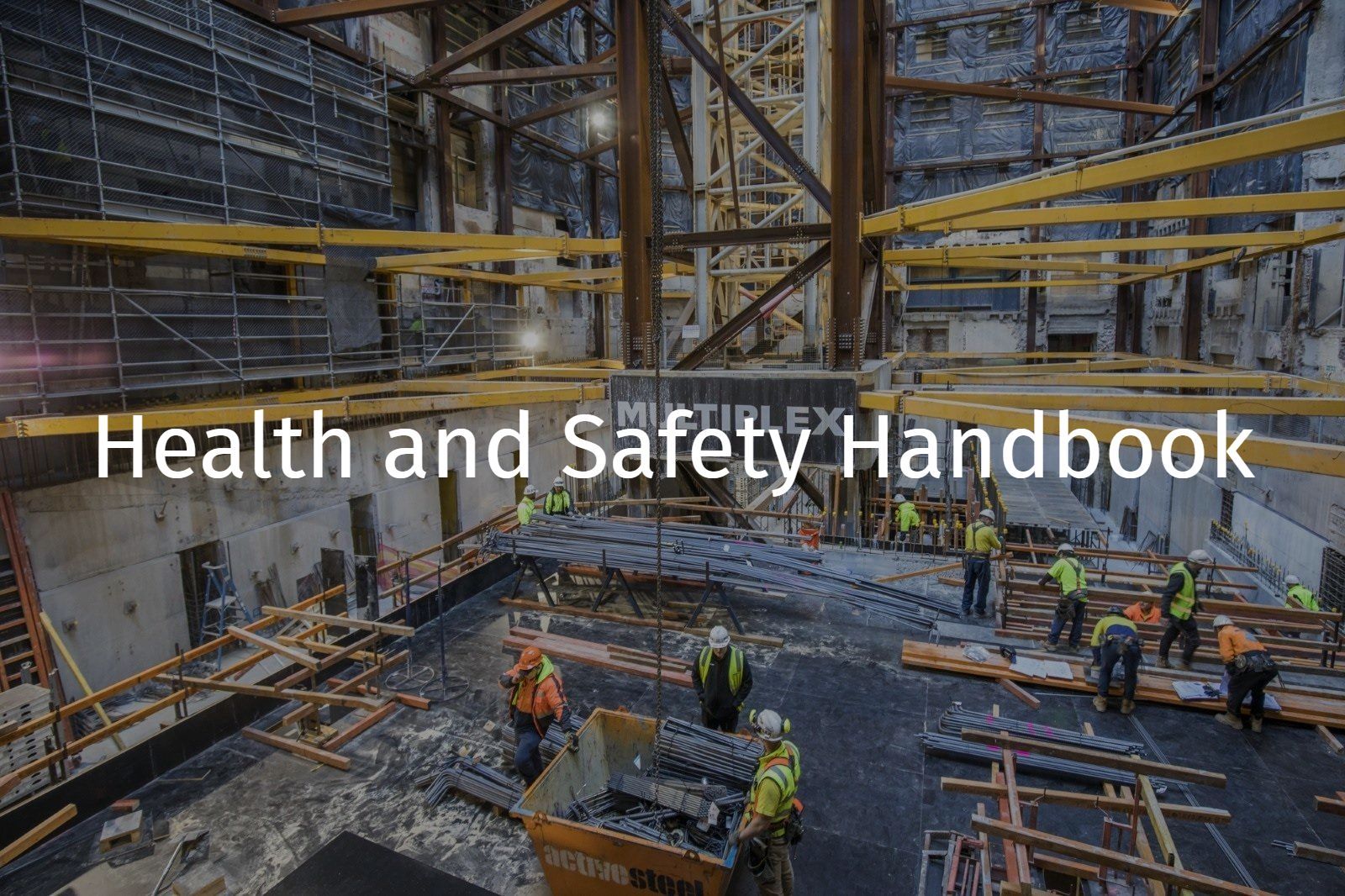VIC/NSW/QLD - Approaches and Clearances around Electrical Assets
Planning
Considerations should be given to the following:
- The intended position of the mobile plant
- What overhead electrical assets are in the proximity of the works, including powerlines that cross or run alongside the workplace, or powerlines that cross or run alongside access routes
- The type of electrical assets and their condition (this may require advice from the asset owner)
- The characteristics of the mobile plant and equipment to be used, including how it may be used, its design and operating envelopes, including any loads to be slung during the work
- Minimum safe working distances according to no go zone (NGZ) rules
- Maximum height, reach and space required to operate the mobile plant including raised attachments, body work or loads
- Whether the mobile plant or its load will enter the NGZ area, and
- Whether a site visit by the asset owner is required, to provide advice.
In determining likely clearances of mobile plant, the effect of environmental conditions on the position of conductors should be considered.
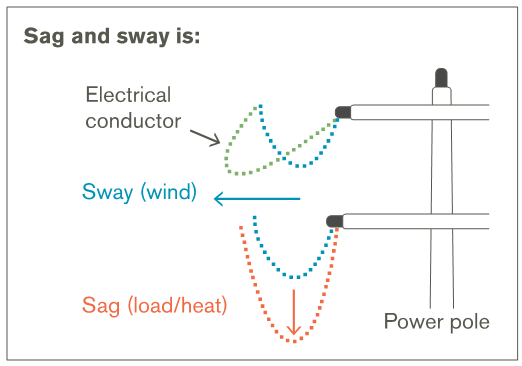
Operational
If a worksite is near overhead electrical power lines. The, following No Go Zone requirements outlined in the figure below must be adhered to.
If a worksite is near overhead electrical towers, following No Go Zone requirements outlined in the figure below must be adhered to.
- For work outside 10m of overhead tower no specific requirements are established other than those described in established regulation
- For any work between 8.0m and 10.0m of an overhead tower, a registered spotter is required.
- For any work within 8.0m of an overhead power tower, permission from the relevant network operator is required.
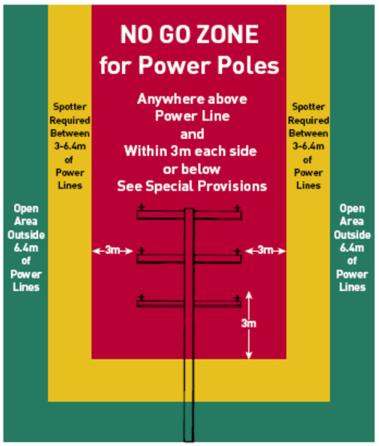
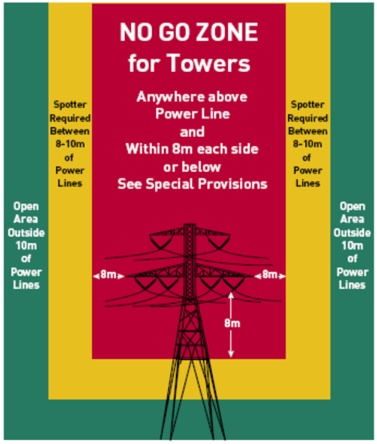
The controls that may be implemented for work to be undertaken near powerlines are dependent on the plant and equipment utilised and the work to be performed. Examples of controls that may be implemented include:
- The issue of a Permit to Work (PTW).
- The installation of warning devices on overhead lines
- The isolation of overhead or underground conductors and cables to eliminate electrical hazards.
- The relocation of overhead and underground lines.
- The installation of insulated overhead lines (aerial bundled cables).
VIC and NSW - The no go zone exists for scaffolds are outlined in Table 3.
Table 3: VIC & NSW - Scaffold Approaches and clearances

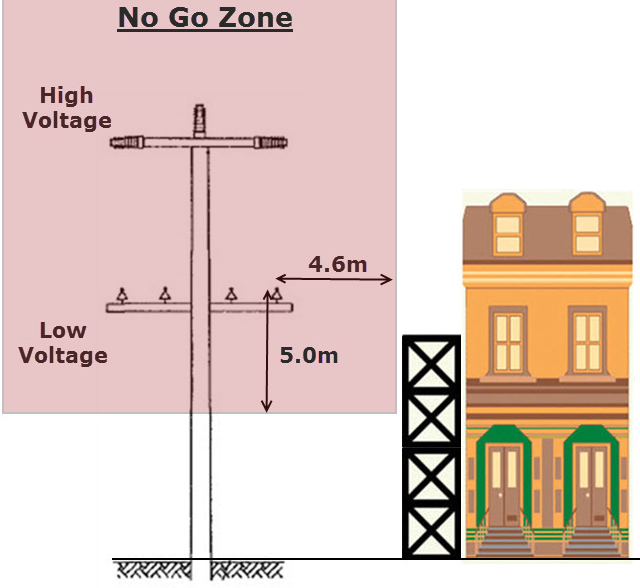
VIC - The no go zone and spotter zones for:
- Elevated work platforms are outlined in Table 4.
- Cranes, concrete placing booms and excavating equipment are outlined in Table 5.
Table 4: VIC - Elevated work platforms Approaches and clearances

Table 5: VIC - cranes, concrete placing booms and excavating equipment Approaches and clearances

TABLE 6 QLD - Exclusion zones for untrained persons
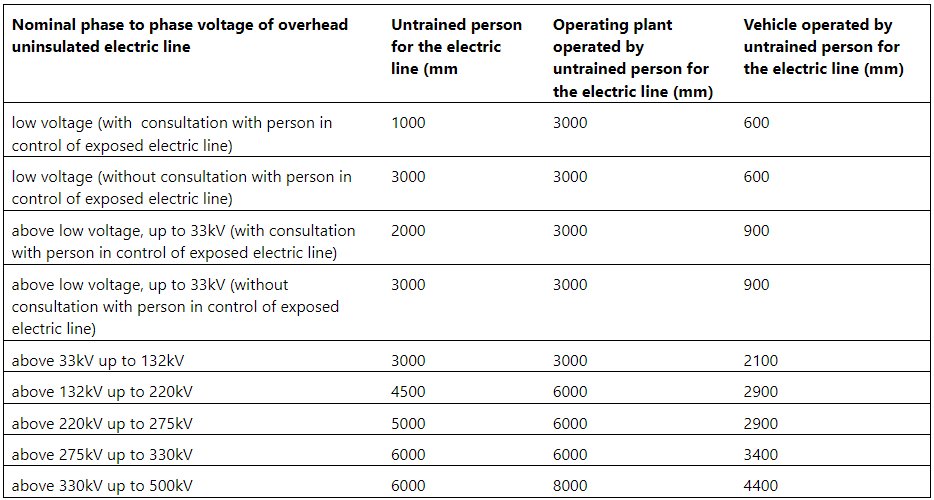
If any doubt as to the required clearance, consult with MPX site management.
